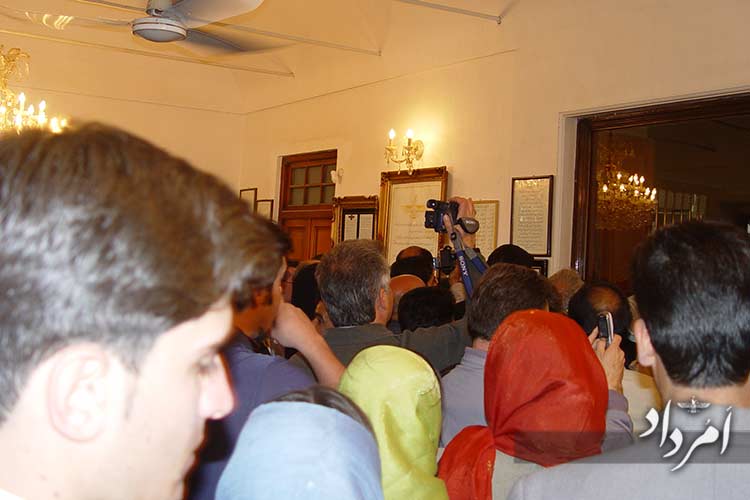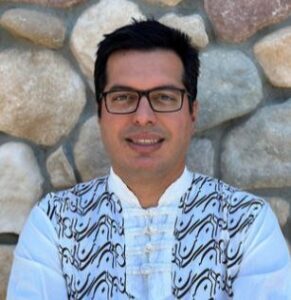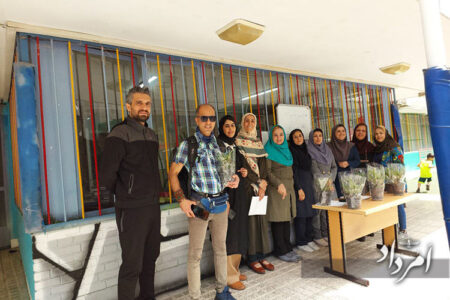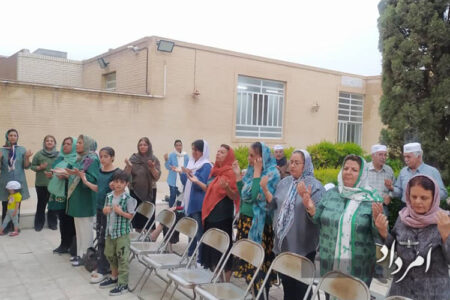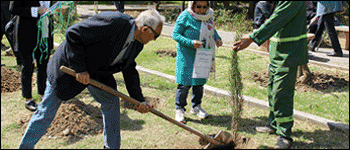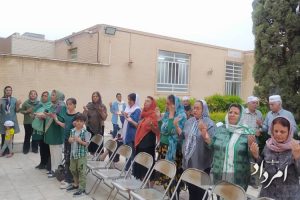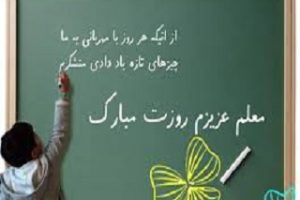Change and continuity are some of the characteristics of human societies. While there is a kind of continuity in the foundations of religions, culture, and communities’ customs, there is a change in their form or, in some cases, in their content. This characteristic of “change and continuity” has prevailed over all human groups since ancient times, and no society is an exception. But what has happened is that since the Industrial Revolution and the change in human life in terms of science (experimental sciences and new scientific methods) and tools (machines); The speed of change has also become much faster.
If in previous generations it took a long time for change to occur and manifest itself in society, now, in this era, evolution is taking place after every decade or even earlier. Although it has always experienced a kind of “change and continuity,” the Zoroastrian society is experiencing an incredible speed in such changes, in all its aspects. Much of what was even inseparable parts of customs nearly fifty years ago has changed so much today that, in addition to increasing speed, all aspects of human life today have also changed.
Of course, usually semi-traditional-semi-modern societies today (such as the Zoroastrian community of Iran) do not consciously accept these types of changes and therefore subconsciously react to these changes. The subconscious mind transforms parts of their behaviors and customs and maintains details in the same way. But, those societies are more successful that consciously accept, discuss and plan “changes and continuity”. “Museums and exhibitions are part of the same effort, and a modern way that societies display this “change and continuity.” According to Zoroastrian museums and exhibitions’ main content, the main part of this content can be divided into three groups: 1- Religious, 2- Customs and ceremonies, and 3- History.
1: Religious content
The term “change and continuity” was introduced by Almut Hintze in introducing an article entitled “Change and Continuity in the Zoroastrian Tradition.” In the introduction to this article he mentions that the core of the Zoroastrian religion and customs, based on Avestan texts and middle Farsi are Ahura Mazda, Zarathushtra and Gahan, Mazde Yasni religion, and finally Mazde Yasnin (followers of this faith).”
When studying the religious contents of Zoroastrian museum and exhibitions in Iran one can find traces of emphasis on this same core, meaning that in continuity of preserving its core which has always been important, the Zoroastrian community has always tried to exhibit to its members (insiders) in this contemporary period and to the future generations today’s changes and concepts and at the same time introduce this same religious content of this religion and culture to visitors (outsiders).
The religious identity that this community exhibits here, is mainly focused on Ashu Zarathushtra and his message, and the interpretations of his hymns, the Gahan. Among these messages is the emphasis on “Zoroastrianism” as the first and oldest religion of monotheism and “Ahura Mazda” as the only God and “the great omniscient.” Other messages emphasize “equality between men and women,” “freedom of choice,” and “Asha” as “truth and the law of this world/society/individual.”
Among other religious aspects, Fravahar should be mentioned here, and today’s interpretations of the various parts of this image. In describing this image intended for it. In interpreting this image, the existence of a duality of good and evil in thought, word, and deed is especially emphasized. If we imagine that the three parts of the wings of the image are considered as “good thoughts, words and deeds” that elevate the person (like wings) the three features of the skit are described as bad thoughts, words and deeds, which are characterized as to be brought down. The two circles of the image are a kind of acceptance of “good thoughts” and “bad thoughts” in human existence. Altogether, today’s interpretation of this image could be said to be constant effort of a Zoroastrian to answer the fundamental question “buništag ēk ayāb dō?” “One base or two?” In the face of “good and evil” in “thought/behavior / human action” and called “nature” (2).
The concept of Amshaspand is another religious content that can be interpreted in two ways. The first is the concept of Amshaspandan in connection with humanity. Bahman is good thought, Ordibehesht is the best truth, Shahrivar is a requested kingship, Sepandarmazd is modesty/right thought, Khordad is evolution/maturity, and Amordad is immorality. These are characteristics that each person acquiring them can reach the stage of “evolution and immortality.” The second interpretation connected with “Amesha Spenta” emphasis on respect for natural elements and considers it an old form of “respect and attention to nature,” which is still believed in the modern world.
Finally, in the case of the last religious content, the “mercenaries” or believers, attempt is made to emphasize truthfulness, effort in the development of this world, diligence, and especially the three traditional sayings “good thoughts, good words, good deeds” (3). Briefly, the religious content presented in Zoroastrian exhibitions and museums reflects the “continuity” of essential terms and tells our concept of this religion over the centuries, and on the other hand, it exhibits the changes in the interpretations of the concepts that this community can give today for adapting to today’s world.
The sixth part of the article deals with the “content of celebrations, customs, and history”; Read Amordad website next Thursday.
* Bahman Moradian, Bundahishn Research Center: Iranian Languages, Zoroastrian Studies
(1): change and Continuity in the Zoroastrian Tradition, Almut Hintze, SOAS, 2013
(2): The sentence quoted from the Pahlavi text of “The Advice of the Poryotkeshan,” “The Advice of the First Teachers.”
Most of the Avestan texts, especially Middle Persian, deal with the question and challenge that “good and evil” “in their view” in the “thought, word and deed” of human, which exist in nature (some animals, famine, death, Etc) where did they come from? And does this good and evil have one base, or they have two different foundations?
(3): All these sections are about the content and texts exhibited in these museums and exhibitions, which are not mentioned here for brevity.
Picture of Ashu Zarathushtra and translations of Gahan on the wall in the visitors section of Fire Temple of Yazd (photo by Bahman Moradian)
Writings and impressions entitled “Message of Zoroaster” in Yazd Museum (Photo by Bahman Moradian)
Definition of Amshaspandan in connection with human and nature in Yazd Museum (photo by Claudine Gauthier)
Picture of Faravahar and the meaning of its parts in the visitors’ section of Fire Temple of Yazd (Photo by Bahman Moradian)
Selection of photos by Bahman Moradian





